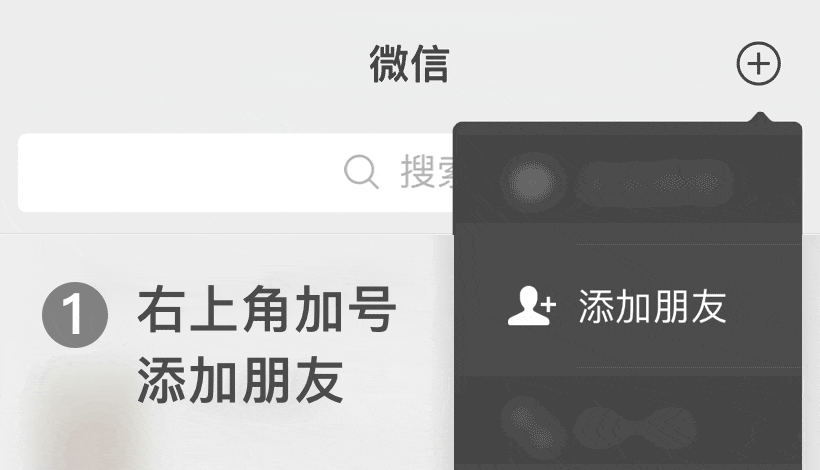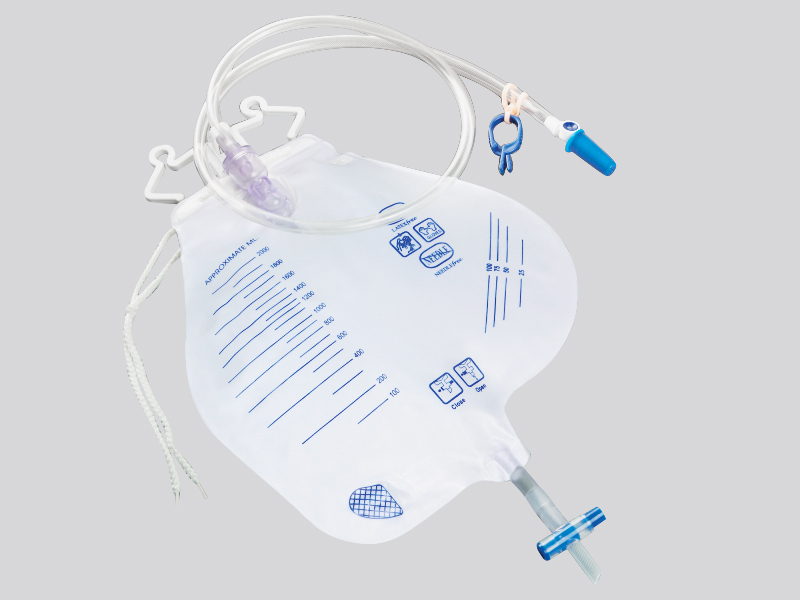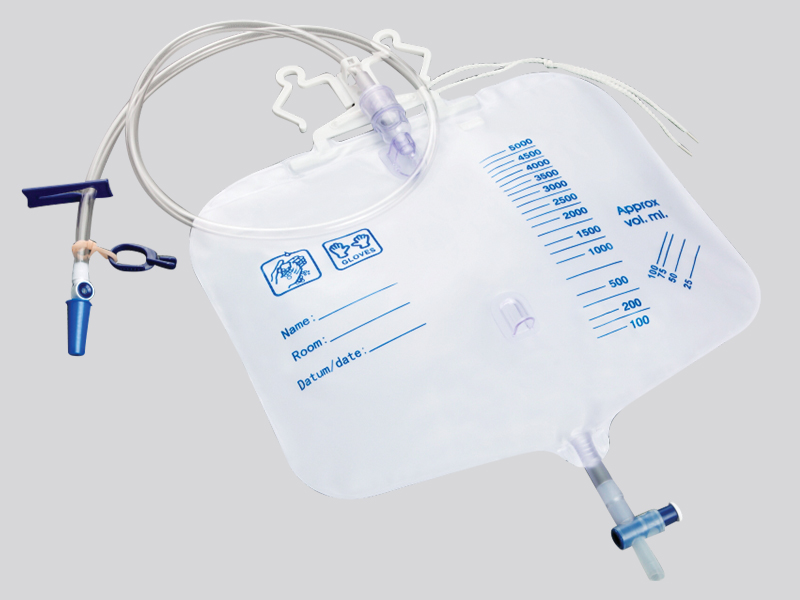
The current position:Home > Information dynamic
> Industry Trends
What are the uses of disposable bladder irrigators
source:www.qiannqu.com | Release time:2025年10月09日1、 Postoperative care: prevent complications, promote wound healing
After urological surgery (such as bladder tumor resection or urethral stricture repair), there may be wounds on the bladder and urethral mucosa, and residual blood clots and tissue debris are prone to occur. Flushing is necessary to reduce the risk of complications
1. Remove residual foreign objects after surgery
Blood clots (with a diameter greater than 5mm, which can easily block the urethra or urinary catheter) and necrotic tissue debris that may occur during surgery can lead to difficulty urinating, urinary catheter blockage, and even bladder spasms (severe pain). The flushing device uses a continuous flow of sterile physiological saline to remove foreign objects from the body along with the flushing solution, avoiding the risk of blockage.
2. Reduce the risk of wound infection
The postoperative bladder mucosal wound is exposed and easily contaminated by bacteria in urine (especially when a urinary catheter is placed, bacteria are prone to retrograde flow along the catheter). Rinse solution can dilute the concentration of urine in the bladder and reduce the environment for bacterial growth; In some cases, doctors may add low concentrations of antibiotics (such as nitrofurazone solution) to the flushing solution to directly prevent bacterial growth on the wound and reduce the incidence of postoperative urinary tract infections (UTIs) (clinical data shows that standardized flushing after surgery can reduce the risk of UTIs by 30% -40%).
2、 Assisted treatment: controlling infection and improving urine characteristics
For bladder diseases that have already occurred (such as cystitis and bladder bleeding), the flushing device uses "local medication+physical cleaning" as an auxiliary treatment to alleviate symptoms:
1. Treat acute cystitis/hemorrhagic cystitis
For bacterial infectious cystitis, if oral/intravenous antibiotics are ineffective, antibiotics (such as gentamicin dilution) can be directly injected into the bladder through a flushing device, allowing the drug to stay in the bladder for 20-30 minutes ("bladder administration"), increasing the local drug concentration in the bladder mucosa and enhancing the antibacterial effect;
For hemorrhagic cystitis (such as complications after chemotherapy or trauma), 3% boric acid solution or 0.02% tranexamic acid solution can be used as the flushing solution. The former converges and stops bleeding, reducing mucosal congestion, while the latter directly inhibits thrombin activity and reduces bladder bleeding (flushing until the urine color changes from bright red to light pink or clear).
2. Improve the bladder environment and alleviate symptoms
Certain diseases, such as residual powder after bladder stone fragmentation surgery and overactive bladder, can cause damage to the bladder mucosa, resulting in frequent urination, urgency, and pain during urination. The irrigator can be rinsed with physiological saline to remove substances such as stone powder and inflammatory secretions, while diluting high concentration urine in the bladder to alleviate discomfort symptoms.
3、 Maintaining urinary function: ensuring urine drainage for patients with indwelling catheters
For patients with long-term indwelling urinary catheters (such as paralysis, postoperative bed rest, and urinary incontinence), the bladder cannot be emptied autonomously, which can lead to urinary catheter blockage and urine reflux (causing hydronephrosis). The flushing device is a key tool to maintain smooth drainage:
1. Prevent urinary catheter blockage and ensure urine drainage
After using a indwelling urinary catheter (especially made of silicone material) for more than 72 hours, calcium salts and urate salts in the urine can easily form "urine scale" on the inner wall of the catheter (if not cleaned, it will gradually thicken and shrink the lumen), resulting in a slower urine drainage rate (normal drainage rate is about 10-15 ml/min, which may drop to below 5 ml/min after blockage). Regularly (usually once every 24 hours) flushing with a flushing device can remove the urinary scale attached to the inner wall of the urinary catheter, keep the lumen unobstructed, and avoid urine reflux to the kidneys (reflux may cause pyelonephritis and kidney damage).
2. Maintain the physiological volume of the bladder and reduce the risk of atrophy
The bladder of patients with long-term indwelling catheterization is in a state of long-term emptying, which is prone to bladder muscle atrophy ("disuse atrophy"). In some cases, doctors will use a flushing device to intermittently flush and fill the bladder (injecting 200-300ml of flushing solution each time and leaving it for 10 minutes before removing it), simulating the normal bladder filling emptying process, exercising the bladder detrusor muscle function, and preparing for the subsequent removal of the urinary catheter and restoration of spontaneous urination.
4、 Preparation before special examination: Clean the bladder to improve the accuracy of the examination
Some urological examinations (such as cystoscopy and cystography) need to be performed in a "clean bladder environment" to avoid foreign objects interfering with the examination results:
1. Rinse before cystoscopy examination
Cystoscopy requires doctors to directly observe the bladder mucosa through endoscopy (to screen for tumors, polyps, inflammation). If there is residual urine or secretions in the bladder, it will affect the clarity of the field of view (such as secretions obstructing mucosal details). 30 minutes before the examination, inject sterile physiological saline into the bladder using a flushing device and rinse it repeatedly 2-3 times until the exudate is completely clear, ensuring that mucosal lesions can be clearly identified during the examination (such as early bladder tumors with a diameter less than 1mm, which require a field of view without impurities for correct detection).
2. Preparation before cystography
Bladder imaging (by injecting contrast agent to visualize bladder deformities and fistulas) requires no solid impurities (such as stone debris and blood clots) in the bladder, otherwise impurities may mix with the contrast agent to form "artifacts", misleading the diagnosis (such as artifacts may be mistaken for bladder stones). The flushing device can remove impurities from the bladder in advance, ensuring the quality of the contrast image.

 Cn
Cn En
En WeChat ID:
WeChat ID:






 Contact us
Contact us
 Add WeChat
Add WeChat
 Telephone
Telephone